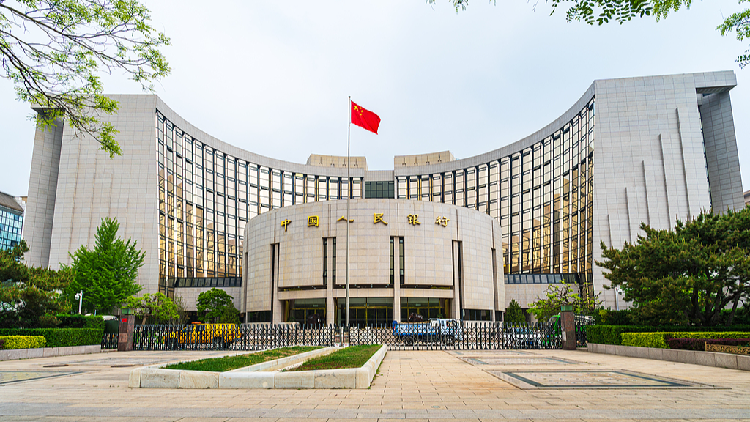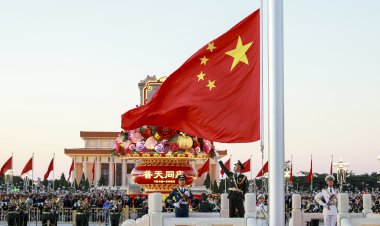China and Latin America Enhance Partnership in Digital Transformation
China and Latin America are intensifying their partnership in the realm of digital transformation.

China is assisting Latin America in expanding its digital landscape, from advancing 5G infrastructure to developing smart industrial parks. This collaboration enhances connectivity while promoting cultural exchange, innovation, and sustainable growth.
**Increasing Demand for Digital Infrastructure**
Latino America's network infrastructure is still relatively lacking compared to the global standard. The United Nations Development Programme reported that in 2022, only 67.3 percent of households in the region had internet access, significantly lower than the 91.1 percent found in OECD countries. Nevertheless, initiatives aimed at narrowing this digital divide are accelerating, fueled by rising demands for enhanced connectivity and growing investments in digital infrastructure.
Optical networks are now the dominant broadband technology in the region, progressing swiftly with increased investments in digital capabilities. A study from the International Telecommunication Union indicates that a 10-percent rise in fixed broadband penetration in the Americas could potentially elevate GDP per capita by 1.9 percent – a strong motivator for continued development.
China is a significant player in this digital transformation, utilizing its advanced technology and expertise. For example, Huawei has laid over 8,000 kilometers of optical fiber in the Amazon rainforest since 2020, connecting 3.7 million people to the internet. Likewise, China Telecom has implemented scalable solutions for both domestic and international connectivity in Brazil.
Sunwave Communications from Zhejiang Province in China is also contributing to the region's digital advancement. "With new models, industries, and business opportunities, Latin America has immense growth potential," stated Gustavo Kretschmer, vice president of sales for Latin America at Sunwave. The company collaborates with operators in Brazil, Chile, and other nations, offering 5G solutions for various sectors, including office buildings, rail transit, commercial complexes, and mining stations, enhancing connectivity in more than 40 major venues.
For instance, Porto Alegre Airport in Brazil, among the country's top 10 airports, previously struggled with signal instability due to high passenger traffic and its complex layout. After implementing Sunwave’s digital DAS solution, the airport achieved 100 percent wireless coverage, significantly improving download speeds and the overall passenger experience.
Chinese President Xi Jinping underscored the value of such partnerships in a signed article published by Brazilian media, advocating for better alignment between China's Belt and Road Initiative and Brazil's development strategies. "At present, as the new sci-tech revolution and industrial transformation gather pace, our two countries must seize the opportunities offered by the times," he stated.
**5G and Industrial Development Under the Belt and Road Initiative**
The collaboration between China and Latin America goes beyond digital connectivity, extending to major industrial ventures aimed at fostering innovation and sustainable development in the region.
This past January, the Phoenix Industrial Park in Trinidad and Tobago, constructed by China's Beijing Construction Engineering Group, debuted as the Caribbean's first fully smart industrial park with comprehensive 5G network coverage. The park features advanced technologies such as artificial intelligence and facial recognition, along with sustainable systems like solar lighting and wastewater treatment.
The project's completion faced several challenges. Daniel Duncan, vice president of Evolving Technologies and Enterprise Development Company Limited, described the initial cultural and technical differences encountered during collaboration with BCEG. "We had many heated arguments, but as time went by, our cooperation matured," he shared with China Media Group. "Today, we can proudly say that this project was a success."
Ninety percent of the workforce at Phoenix comprises locals. Throughout construction, many Trinidadians developed a keen interest in Chinese culture, leading BCEG to organize weekend Chinese language classes. "Many workers expressed a desire to visit China someday," noted Wang Tao, project manager of the Phoenix. "It's an honor to share our culture abroad."
Duncan reiterated this sentiment, stating, "Cultural exchange through training helps us understand each other better and improves the way Chinese companies operate in our construction sector. This collaboration will undoubtedly elevate our local industry with China's expertise."
Through enhanced technological and digital infrastructure cooperation, China and Latin American countries are creating bridges that promise long-lasting benefits for both regions. This growing partnership strengthens digital connectivity while fostering cultural understanding and economic growth, laying a robust foundation for the future.
James del Carmen for TROIB News
Discover more Science and Technology news updates in TROIB Sci-Tech












